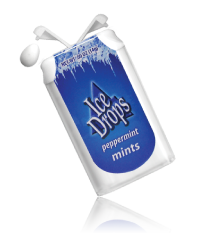 Let’s face it, bad breath is embarrassing. The good news is that for the most part—with proper dental care—bad breath, also called halitosis, can be avoided. Maintaining good oral health is essential to reducing bad breath, as bacteria that builds up on the back of your tongue or in between your teeth is the main culprit. Bad breath can be caused by foods, smoking, dry mouth, medical conditions, gum disease, and sinus conditions. No wonder dental hygiene is such big business.
Let’s face it, bad breath is embarrassing. The good news is that for the most part—with proper dental care—bad breath, also called halitosis, can be avoided. Maintaining good oral health is essential to reducing bad breath, as bacteria that builds up on the back of your tongue or in between your teeth is the main culprit. Bad breath can be caused by foods, smoking, dry mouth, medical conditions, gum disease, and sinus conditions. No wonder dental hygiene is such big business.
If your halitosis hangs on for more than 24 hours without an obvious cause, call your dentist or doctor, says Roger P. Levin, D.D.S. It can be a sign of gum disease, gastrointestinal problems, sinus infection, bronchitis, or even more serious diseases, such as diabetes, liver or kidney failure, and cancer. Bad breath can also be a sign of dehydration or zinc deficiency.
Spice things up
Other herbs and spices in your kitchen are natural breath enhancers. Carry a tiny plastic bag of cloves, fennel, or anise seeds to chew after odorous meals.
Brush your tongue
“Most people overlook their tongues,” says Dr. Shapira. “Your tongue is covered with little hairlike projections, which under a microscope look like a forest of mushrooms. Under the caps of the ‘mushrooms,’ there’s room to harbor plaque and some of the things we eat. That causes bad breath.”
His advice? While brushing, gently sweep the top of your tongue, too, so that you don’t leave food and bacteria behind to breed bad breath.
Create your own gargle
Mix extracts of sage, calendula, and myrrh gum (all available at health food stores) in equal proportions and gargle with the mixture four times a day. Keep the mouthwash in a tightly sealed jar at room temperature.
Even when you can’t brush, you can rinse. Take a sip of water after meals, swish it around, and wash the smell of food from your mouth, says Jerry F. Taintor, D.D.S.
Eat your parsley
Parsley adds more than green to your lunch plate; it’s also a breath-saver, because it contains chlorophyll, a known breath deodorizer. So pick up that sprig garnishing your plate and chew it thoroughly. Or toss a few handfuls (even add some watercress to the mix) in a juicer. Sip the juice anytime you need to refresh your breath.
Watch your intake of odorous eats
Highly spiced foods like to linger long after the party’s over. Certain tastes and smells recirculate through the essential oils that they leave in your mouth. Depending on how much you eat, the odor can remain up to 24 hours, no matter how often you brush your teeth. Some foods to avoid include onions, hot peppers, and garlic.
Ease up on cheese
Camembert, Roquefort, and blue cheese are called strong for good reason—they get a hold on your breath and don’t let go. Other dairy products may have the same effect.
Ban certain beverages
Coffee, beer, wine, and whiskey are at the top of the list of liquid offenders. Each leaves a residue that can attach to the plaque in your mouth and infiltrate your digestive system. Each breath you take spews traces back into the air.
Carry a toothbrush
Some odors can be eliminated — permanently or temporarily — if you brush immediately after a meal. The main culprit in bad breath is a soft, sticky film of living and dead bacteria that clings to your teeth and gums, says Eric Shapira, D.D.S. That film is called plaque.
At any time, there are 50 trillion of these microscopic organisms loitering in your mouth. They sit in every dark corner, eating each morsel of food that passes your lips, collecting little smells, and producing little odors of their own. As you exhale, the bacteria exhale. So brush away the plaque after each meal and get rid of some of the breath problem.
Rinse out your mouth
Even when you can’t brush, you can rinse. Take a sip of water after meals, swish it around, and wash the smell of food from your mouth, says Jerry F. Taintor, D.D.S.
Gargle on minty mouthwash
If you need 20 minutes of freedom from bad breath, gargling with a mouthwash is a great idea. But like Cinderella’s coach-turned-pumpkin, when your time is up, the magic will be gone, and you’ll be back to talking from behind your hand again.
Chew a mint or some gum
Like mouthwash, a [kastooltip msg=”breath mint” tooltip=”Like Some Ice Drops, perhaps”] or minty gum is just a cover-up, good for a short interview, a short ride in a compact car, or a very short date.
 In case you missed it: June 21st is the summer solstice.
In case you missed it: June 21st is the summer solstice.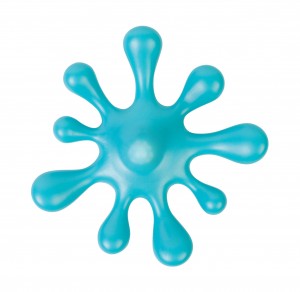
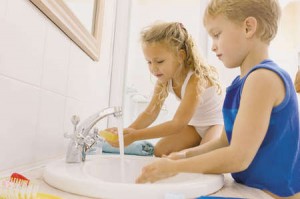
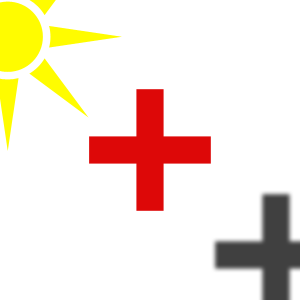
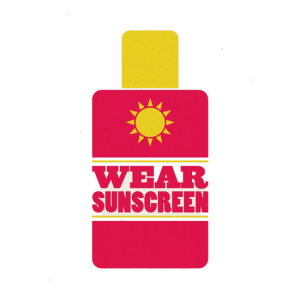
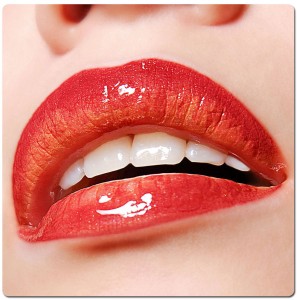

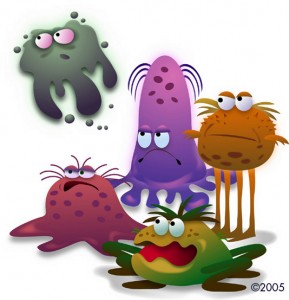
 need extra sun protection—and so do you!
need extra sun protection—and so do you!

